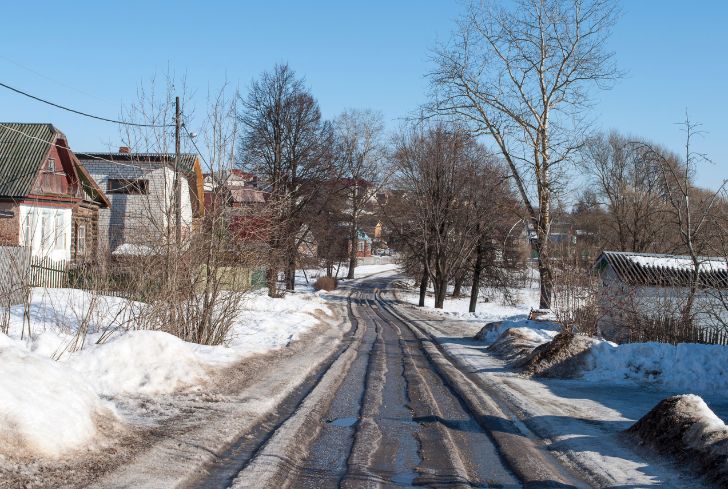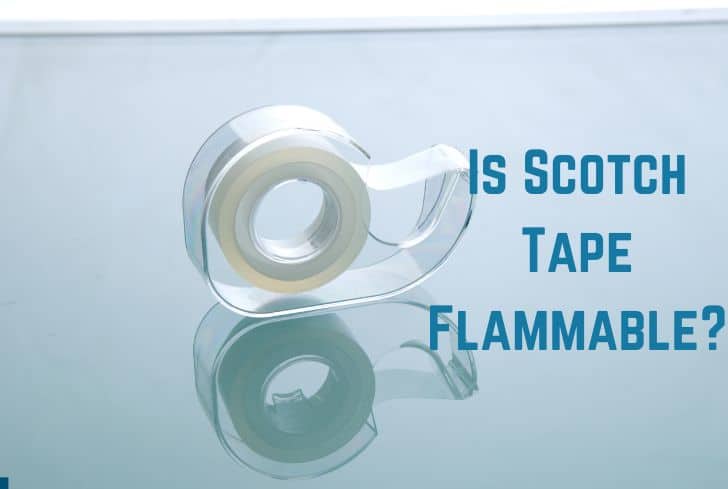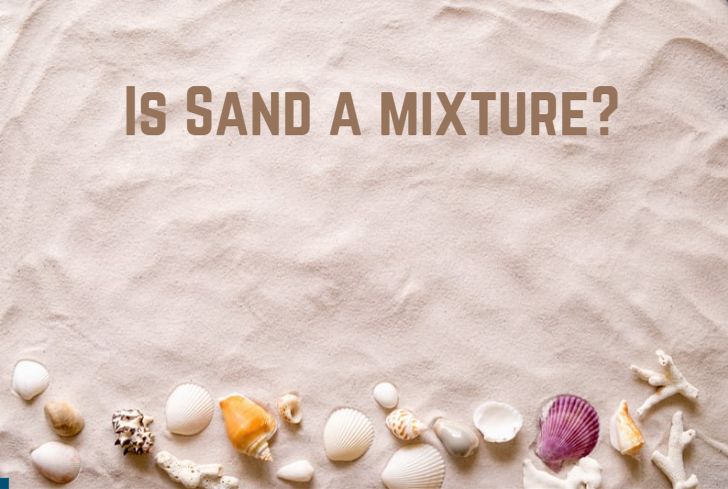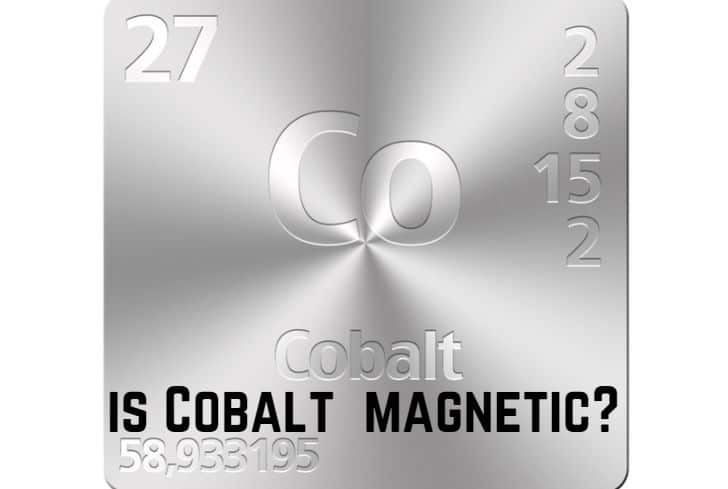Does Sand Melt Ice and Snow? (No. Not Really)

Every time wintertime rolls around; you start to worry a little bit. Even though you would like to stay indoors, you may occasionally need to go outside. Walking on ice and snow is difficult. How can it be made easier and safer? Let’s begin by asking, does sand melt ice and snow?
Driving or walking on ice or snow is risky. It is safer to use the roads after the ice and snow have melted. If melting is not an option, you must find strategies to keep your car or yourself from skidding in the snow. We discuss how sand reacts with ice and snow in the article. We compare sand and salt because both significantly affect ice and snow.
Does Sand Help Melt Ice?
Sand doesn’t melt ice. However, you can use it to stop or eliminate ice formation. People mostly use sand because it increases traction on roads. Sand is abrasive and improves traction for car tires when used to cover the ice. You don’t need to be concerned about your car or you slipping accidentally when a road is covered with sand.
Sand alone does not change the freezing temperature of ice. It is only useful when it is applied to the ice’s surface. When temperatures are below freezing, the friction of the sand against the water keeps the water churning and avoids icing.
Sand on top of ice absorbs the heat from the sun and aids in ice melting. When you recently visited a beach, do you recall the heat of the sand? Sand application on the ice is preferable to no treatment at all.
Sand is commonly used because it works quickly, is inexpensive, and is non-toxic.
Does Sand Melt Snow?
Snow doesn’t melt in the sand. Sand crystals make snow bumpier, preventing car tires from skidding on icy roadways. It also absorbs and retains solar heat. When spread on snow, sand will keep the top layer of the snow from freezing any further. It maintains a water film on the surface of the snow.
The only drawback is that you’ll need to keep applying since it’s been crushed into the snow.
Snow can be a nightmare to drive or walk on, even though it is not always slippery. Snow seems more like white sandpaper just by looking at it. But when you put a little pressure on it, it becomes slippery. The snow’s top layer melts under pressure, turning it into water. A thin film of water forms between your foot or car tire and the solid snow. The lubrication caused by water makes your foot or your car slide.
Does Snow Stick to Sand?
Sand’s massive particles make it impossible for snow to stick to it. Constant friction caused by car tires or people walking on snow makes it hard for the snow particles to stick to sand. The snow particles will not be able to freeze over the sand particles if the sun has made the sand particles warm.
Snow and sand, however, may stick together when applied to an area with snow but little traffic. Sand freezes into enormous clumps that can be highly hazardous to persons and vehicles.
Should You Use Salt or Sand on an Icy Driveway?
If you can’t use a mixture of salt and sand, sand is the better option. There are several reasons why sand is a better option for your driveway than salt:
1. Provides better traction
Sand has a gritty texture that gives your shoes a better grip on snow and makes walking safer. You don’t want to be falling on the driveway. Sand will help you build traction on the icy driveway to avoid dangerous falls. It will also prevent your car from skidding as you try to drive or park.
However, avoid using too much sand on areas with asphalt. Sand and asphalt don’t mix, which causes the surface to be slippery.
2. Not harmful to the environment
Salt leaks into freshwater habitats close to the road. That is one of the reasons why sand is preferable to salt. A small amount of salt is needed to alter the ecology of water. Salt can eat away concrete and steel and is especially harsh on grass and vegetation. It also doesn’t work very well in hot conditions.
3. Plant friendly
Plants are primarily unaffected by sand. On the other hand, salt instantly kills your plants when carried over by the melting sun. Sand applied to snow before the ice melts enrich the soil without endangering the plants.
4. Pet friendly
Sand is also pet-friendly. Because sodium levels rise when your pets consume salt, using salt on your icy driveway may not be the best option. A lot of sodium might cause your pets to suffer from tremors and seizures.
5. Cheaper than salt
Sand is less expensive than salt because it is not a chemical. Applying sand will be simpler than applying salt. Sand can be kept for a longer time.
6. Take a shorter time to react
You can start using your icy driveway immediately after you apply the sand. If you use salt, you might have to wait for it to melt the ice before you can safely use the driveway.

Why Does Sand Not Melt Ice?
Sand doesn’t possess any properties that would enable it to lower the freezing temperature of the water. When the freezing point of water is lowered, ice will melt even in subfreezing temperatures. Sodium and chloride, two chemicals absent from sand, are necessary to lower the temperature.
But the next best alternative is sand, as in some areas, temperatures are too cold for salt to work.
Does Sand Melt Ice Faster Than Salt?
Salt melts ice faster than sand. Sand increases traction while salt reduces ice’s freezing point. Salt can melt solid ice and transform it into a liquid at temperatures lower than usual. The “freezing point depression” is the name of the process. A thin layer of water covering ice allows salt molecules to dissolve.
The salt molecules at their usual temperature prevent the water from freezing into a solid form. For the salt water to turn into ice, it will only do so at a lower temperature. The lower temperature is now known as the freezing point depression. Regular water turns to solid ice at 32ºF, and saltwater needs temperatures of 10ºF to turn solid.
There is always a thin layer of water on top of the ice, even though it’s not very visible. Salt dissolves into that thin layer, lowering the freezing point of the water. That means water will not refreeze at 32ºF but a lower temperature. A new layer is added to the layer of water above the ice, continuing the process.
The salt continues dissolving in the water, further lowering the temperatures. More water helps the salt to dissolve more ice. The process continues until all the ice turns into water. Salt usually takes around 15-25 minutes to start melting the ice.
Does it sound confusing? Here is a video to make the whole process easier to understand:
How Long Does It Take For Sand To Melt Ice?
There is a minimal possibility that sand will melt ice, even though that is not its primary purpose. On a warm, sunny day, when sand is spread over ice, the sand absorbs heat and transfers it to the ice. If there is any sand present, the ice will melt more quickly than if there is none.
Ice is lighter in color than sand. Sand is darker in color and can absorb heat from the sun, whereas ice will reflect it. However, this will only work in warmer climates. Ice won’t melt at all under freezing temperatures. As a result, how long it takes for the sand to melt ice will depend on how hot it is outside.
Due to friction, sand does keep the top layer of ice warmer. A lot of friction is created when pedestrians or car tires pass over sand-covered ice. Ice cannot refreeze because of the heat produced by friction. Once more, it will depend on the current temperature. The ice may not melt at all if it is freezing outside.
Frequently Asked Questions
1. Does sand freeze in the winter?
Moist or wet sand does freeze and form into a solid block that cannot be easily spread on the roads during winter. In such cases, you must mix sand with a specific salt level to prevent the sand’s moisture from freezing. Some people use deicers which can be expensive.
Dry sand won’t freeze since it has no moisture. Since there is no moisture to dry or ice to melt, salt won’t need to be added.
2. What kind of sand should you use on ice?
The best sand to use is sandbox sand instead of mason’s sand which is too fine. Sandbox sand is readily available in home centers and online sellers such as a home depot store.
Regular sandbox sand is easy to find and inexpensive, and you can use it anywhere.
Conclusion
You don’t need to have headaches when winter approaches. You now know how to treat your icy driveway to avoid dangerous falls.






